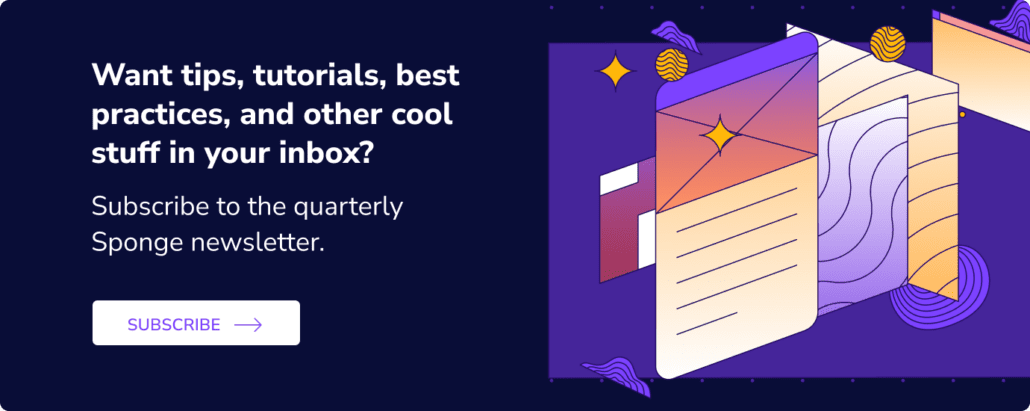The most disrupted functions of the revenue model during the pandemic were Inside Sales teams and BDRs. These reps need a lot of coaching and roleplaying, but no one works side-by-side anymore. ⌠Friendly competition is a major motivator, but digital camaraderie is an oxymoron. ⌠And of course reps are “smiling and dialing” to office phone numbers that no one answers. ⌠To navigate these changes, we’re interviewing sales leaders about how their BDR playbooks have changed.
>> Related: Tips for Hiring BDRs <<
Devin Liu is the Head of Commercial Sales at Walnut. He began his sales career as an SDR, and worked his way up from cold calling to an outbound enterprise role, AE role, and then ultimately into leadership. In this interview, he shares how data-driven coaching grows both pipeline and the next gen of AEs.
In this post:
Q: How did the pandemic permanently change your BDR function?
Devin: BDRs (or LDRs, SDRs, MDRs, etc.) are considered an entry level sales role. But we’re asking people who are new to sales (and even the workforce) to cold call executives, talk about business outcomes, and convince them to take a second call. That’s a really hard job for anybody to do, let alone somebody who’s very young in their career. And now we’re asking them to do it alone from a remote desk.
Remote BDRs don’t witness best practices, and they don’t have someone to learn from. And their leaders have obsolete in-person coaching skills. Retaining BDRs has always been hard, and it’s gotten much more difficult.
Q: Is the same true for AEs?
Devin: 100%. The days of being able to just tap somebody on the shoulder, or just overhearing somebody on a floor, are pretty much gone. Coaching is no longer organic.
Q: It’s interesting that you see a skills gap in leadership. How have your sales managers adapted to coaching remote BDRs?
Devin: As a coach, we now need to be extremely structured. It’s not just about one-on-ones, or one-and-dones. We need a proactive, continual coaching program.
Secondly, we need to foster a collaborative environment. People aren’t as collaborative over Slack as they are in-person. We have to conscientiously build that.
Q: Have you found any tech or processes help you remotely coach BDRs and AEs?
Devin: Process comes first, and tools help amplify good processes.
First off, I recommend revising conversion rates to match reality. From there, you can more honestly back into the number of deliverables you’ll hold the team accountable to. BDR teams are extremely activity-driven. Be transparent and data-driven about how daily/weekly inputs translate to quarterly outputs.
Everyone knows it’s a numbers game, but the X-factor is improving quality at the same time. I don’t want reps to just push out activity. I want to continually optimize conversion rates, whether that’s email open rates, reply rates, or reply-to-meeting rates.
To improve quality, you need continual, structured time for remote coaching, beyond QBRs or weekly one-on-ones. People only retain 20% of new sales materials or sales training. I think 84% of it is gone after 90 days. And so the question is, how do I reinforce that? How do I turn all this theory that I’m teaching into actual execution within my team?
So many companies splash out on annual Sales Kickoff events, and then… ghost their employees.
Devin: Companies think they cram it into one day. “There you go, you adopted it!” But we can’t just do it once. We need repetitive structure, especially in this remote environment.
And, what’s really tough? Coaching remote BDRs and reps is less effective, and virtual attendees are more distracted. A study in the American Journal of Distance Education found that “in-person participants had statistically significantly higher gains in knowledge at post-test compared to the participants who received synchronous virtual training.” In lieu of a big annual event, we’re better off bringing the team together every month for scrappier coaching and training.
Q: How do you specifically coach remote BDRs and AEs?
Devin: I remotely coach our SDR team once a month and I remotely coach my sales team every week. In those sessions, I don’t talk at people. Instead I create an environment where our reps can practice with one another. We use Zoom breakout rooms constantly. I usually introduce a concept, give an example, and then put them into breakout rooms to practice and come to their own conclusions.
It’s not easy to learn in a big group setting. I honestly think it’s harder to fail in front of peers than in front of a prospect or customer. Practicing and messing up in small groups is very important. So is creating a culture of learning, knowing that messing up is just part of the process. Again, we use the numbers here. On my AE side, a 30% win rate in SaaS is incredible. We’re going to lose 7/10 conversations. You have to accept that.
And for BDRs the math is even more brutal!
Devin: If a cold call has a 25% conversion rate on average, what do we think a completely new BDR, who has no business acumen, is going to average? Probably more like 5-10%. And that’s converting conversations. Do you know how many dials it takes to even get to a conversation? It could be days before they get a successful meeting. Again, showing the math, and how inputs will translate to outputs, is the only way to make it bearable.
Q: How has your team reacted to structured, remote coaching?
Devin: It’s not just about having a process, but having my team understand the process. That’s a big piece. A lot of people can provide coaching. But how do I get my reps to buy into it, take it seriously, and see the value? You only get buy-in if they understand what they’re doing is contributing to an outcome. It’s the difference between a sales culture that’s obsessed with the daily numbers, versus a high-performing sales culture that actually creates growth in people and pipeline.





